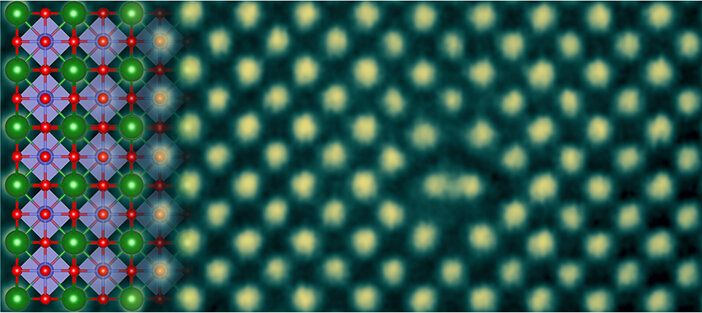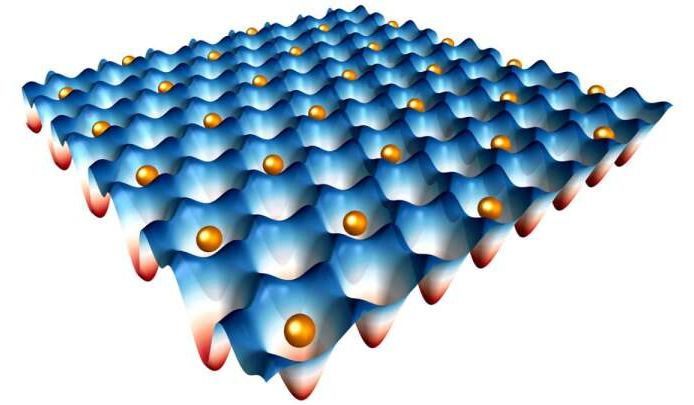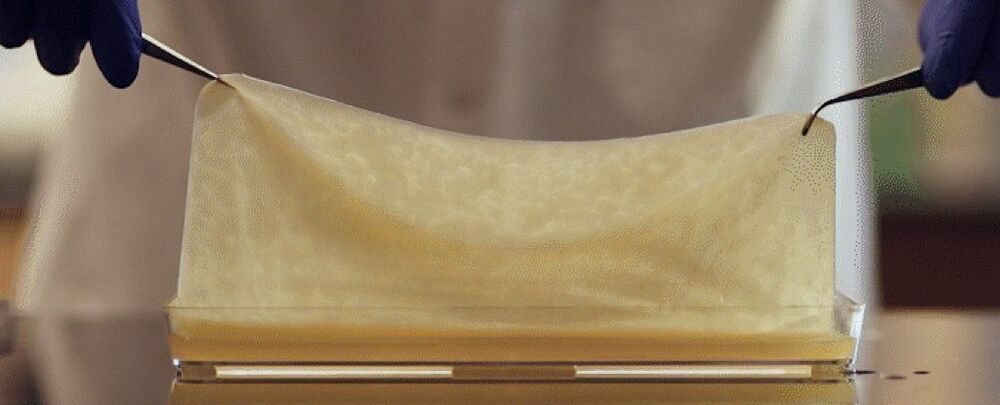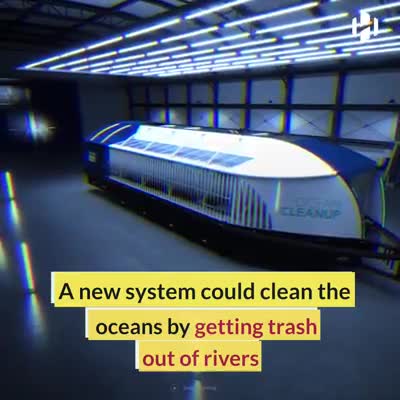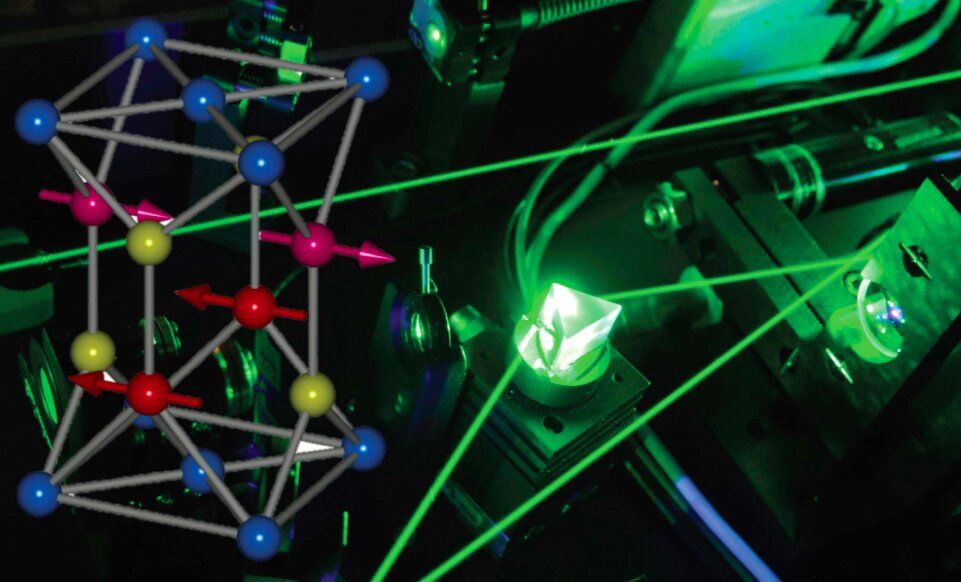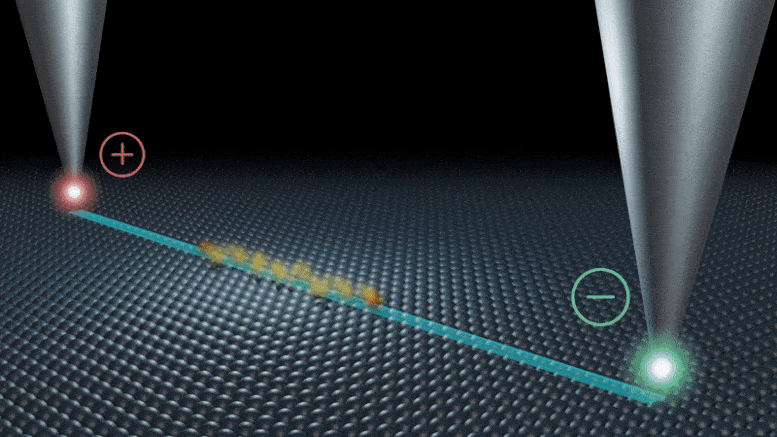In groundbreaking materials research, a team led by University of Minnesota Professor K. Andre Mkhoyan has made a discovery that blends the best of two sought-after qualities for touchscreens and smart windows—transparency and conductivity.
The researchers are the first to observe metallic lines in a perovskite crystal. Perovskites abound in the Earth’s center, and barium stannate (BaSnO3) is one such crystal. However, it has not been studied extensively for metallic properties because of the prevalence of more conductive materials on the planet like metals or semiconductors. The finding was made using advanced transmission electron microscopy (TEM), a technique that can form images with magnifications of up to 10 million.
The research is published in Science Advances.
